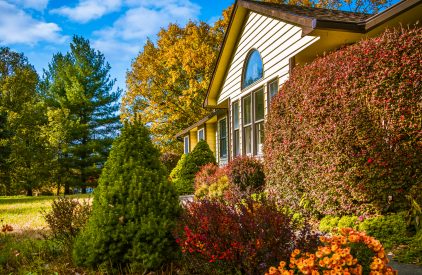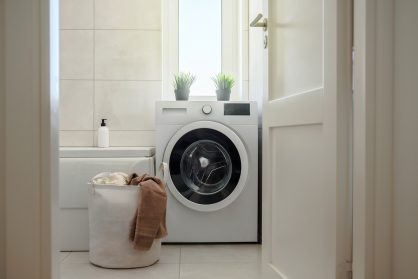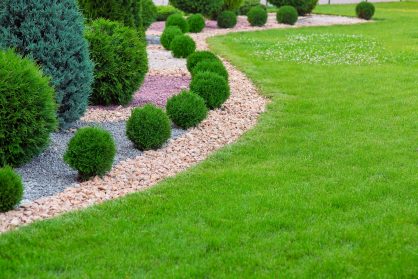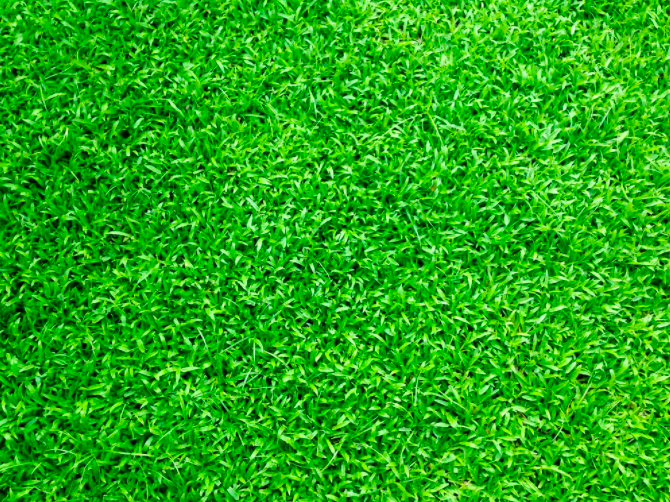Check out these tips from the district on managing your water for each part of your home.

Run the dishwasher only when full.
Don’t pre rinse. You’ll save 20 gallons a load or 6,500 gallons per year.
Place an aerator on your faucet. An aerator mixes water with tiny bubbles of air and reduces amount of water by up to half.
Repair leaky faucets.
Fill the basin or a dishpan to rinse fruits and vegetables instead of running the water.
Use drought-resistant species. Native plants will have the benefit of being adapted to local conditions. Also, they usually need less maintenance and watering.
Mulch. Mulching beds can help retain moisture and prevent weeds. Be careful not to over- mulch. Two to three inches should do the job.
Set your mower higher. Anything cut less than two inches high is much more vulnerable to burnout, weeds, insects, and disease. Best bet? Mowing at 2.5 to 3.5 inches, depending on the time of year.


Wash only full loads. An automatic washing machine uses 32-59 gallons of water per load.
Whenever possible, use the lowest water-level setting for light, or partial loads.
Use cold water as often as possible. This saves energy and conserves hot water for other uses.
Don’t use your toilet as a wastebasket.
Use a toilet dam, plastic bottle, or bag to displace water in the tank. This works best on toilets manufactured prior to the 1980s, which use 5-7 gallons per flush.
Install a low-flow showerhead. This is the single most effective conservation step that can be taken in the home.


Check for leaks and breaks. Do a periodic walkthrough of your landscaped area to make sure system pipes are in good condition.
Sweep, don’t spray. Use a broom instead of a hose to clean patios, decks, and sidewalks.
Car wash wisely. Washing your car with a bucket of soapy water uses far less water than leaving a hose running.
Buffalo Grass: Every 2-5 weeks
Bermuda Grass: Every 7-10 days
Zoysia: Every 7-10 days
St. Augustine: Every 5 days
ONLY WATER WHEN NEEDED
Depending on the weather or type of plants/turf, you may find you only need to water once or twice per week.


